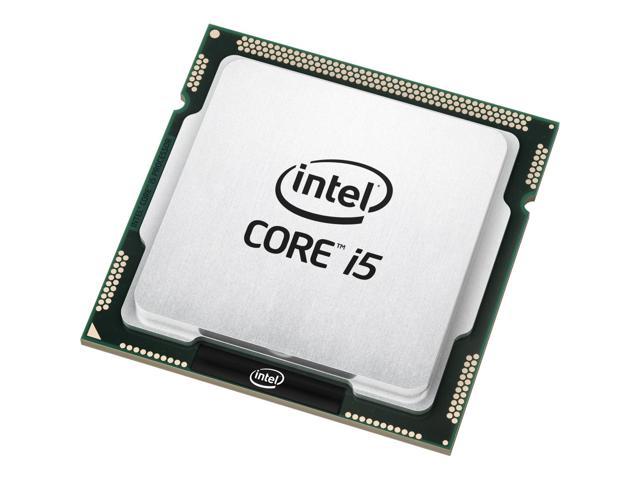Students guide to an efficient laptop

By: Jeremy McEvoy
Jr. Photo Editor
Having a good, affordable laptop is just as important as an inexpensive smartphone. Just searching the term laptop in Google will bring up web page after web page claiming they have the best laptop to show you for the best price.
For this, I will go over important things to look for in a laptop.
There are three things that are very important in a laptop: CPU (the computer’s brain), RAM (a computer’s short term memory), and the storage form. Starting with the CPU, there is a helpful online tool called CPU Benchmark.
They give a score to almost every CPU based off benchmarks real people have done on their personal computer. Your going to want a number above 4,000.
Looking at the Microsoft Surface Book 2, on Microsoft’s website, I clicked on the “tech specs” button (may say specifications on other sites), scrolled down to Processor, copied one of the three listes, and pasted it into CPU Benchmark.
For Intel processors you’re looking for something that looks like this “i5-7300U.” If the laptop your looking at is using an AMD CPU, those are a little more challenging to search for in my experience.
Next on the list is RAM. In this day and age, you need at least 8GB of RAM. Unless you’re just doing very basic web browsing, its difficult relying on just 4GB. RAM holds information for open programs so they are able to run faster.
The less RAM you have, the less programs you can have open. Picture it like this: you have a tiny plate, and your trying to fill it with as much food as you can. Eventually, you run out of space on the plate, and you can’t get anymore food, unless space frees up. Think of the food as the programs open on your computer, and the plate is your RAM, thus the bigger the plate, the more food you can fit.
For storage form, you’re looking for Solid State Drive, SSD. In 2019, most if not all laptops should have an SSD.
Unlike traditional, older hard drives that have mechanical spinning plates with a needle that reads the data stored on them using magnets, solid state drives store information using electricity.
On a hard drive, if you want to open Google Chrome, the hard drive would have to start spinning 7200 RPM, and will have to remember where the information for “google chrome” is stored on these metal plates. But it’s not all in one place so it has to keep spinning and finding more bits and pieces of chrome until it opens.
As this happens relatively quickly, an SSD can do this almost instantly since there is no spinning or moving parts at all. SSD’s can get very expensive as storage size goes up. A hard drive may cost about $30 for 500GB, while an SSD will cost about $60 for the same size.
